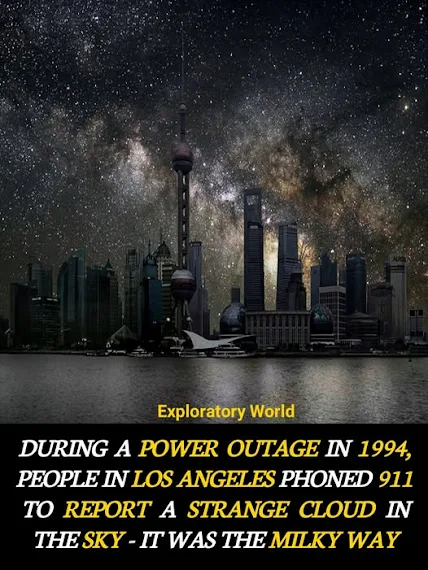
Your brain might not generate intelligence, it could be tuning into it.
That’s the provocative idea behind a theory proposed by biophysicist and mathematician Douglas Youvan. After decades working at the intersection of biology, physics, and artificial intelligence, Youvan came to a bold conclusion: intelligence may not originate in the brain; it could be a fundamental feature of the universe itself.
At the core of his theory is a striking concept: that information is a physical entity, much like energy or matter, woven into the fabric of space-time. Drawing from quantum biology and complex pattern recognition, Youvan argues that the brain doesn’t create intelligence from scratch but detects it. Like an antenna, it picks up signals from a deeper, underlying informational field that exists independently of life.
He calls this field the “informational substrate” – a hidden layer of structured data encoded into the universe. Just as atoms form molecules and galaxies spiral into elegant fractals, the brain may organize thoughts by tuning into these pre-existing patterns.
Even more intriguing? Youvan suggests artificial intelligence might be tapping into this same source. Some machine learning breakthroughs, he says, feel more like discoveries than inventions – as if pulled from something already out there.
Not everyone is convinced. Many scientists still see consciousness as an evolutionary byproduct – a useful illusion for survival. But even skeptics acknowledge there’s something uncanny about the way intelligence unfolds, with a beauty and efficiency that hint at deeper laws.
If Youvan is right, intelligence isn’t just something brains do. It’s something the universe already is and we’re simply learning how to listen.
Learn more: https://www.popularmechanics.com/.../universe-is.../...




















